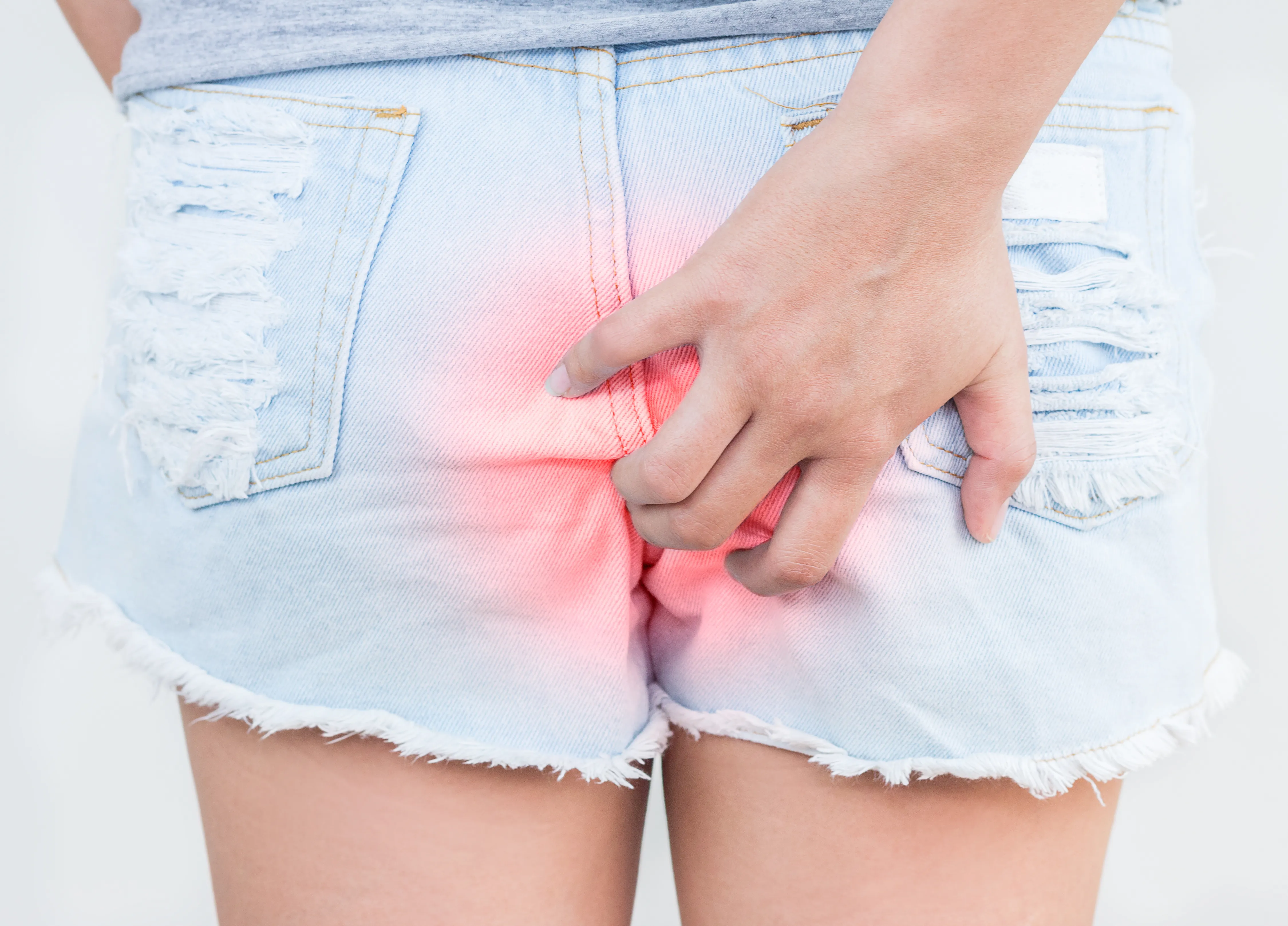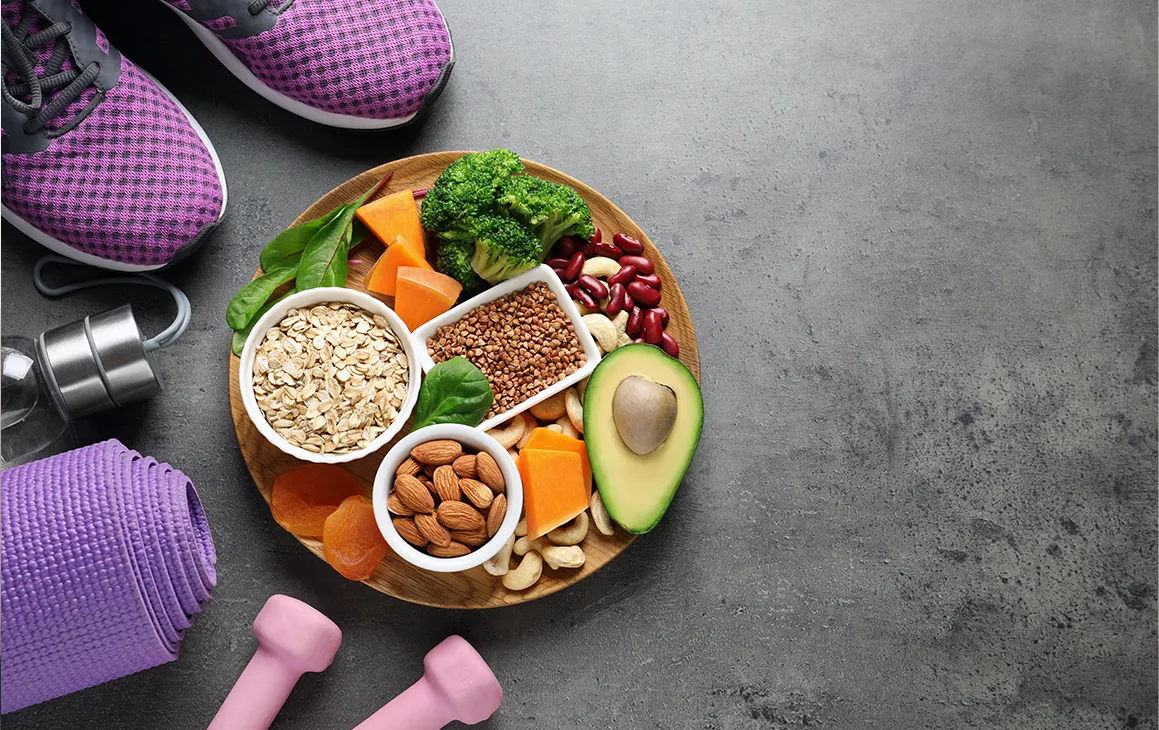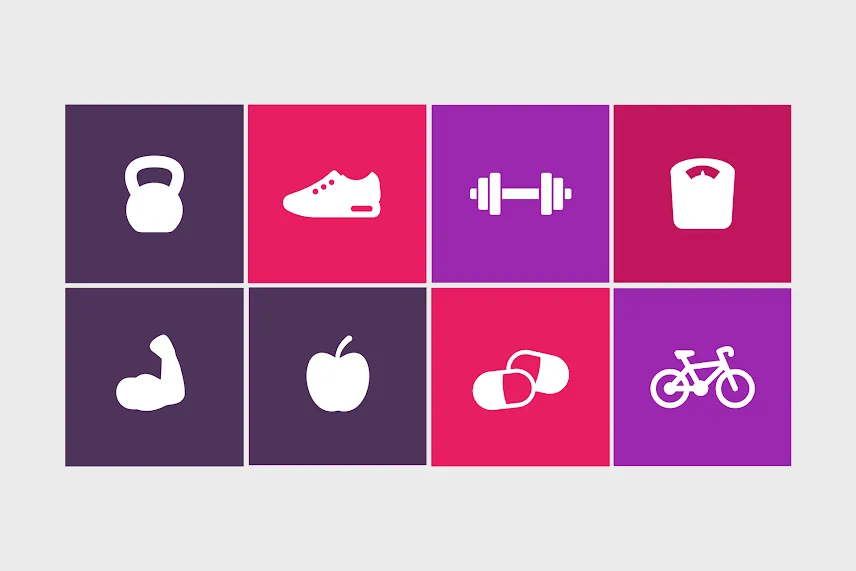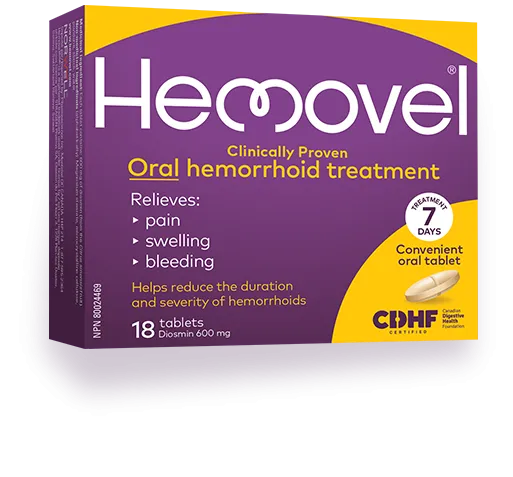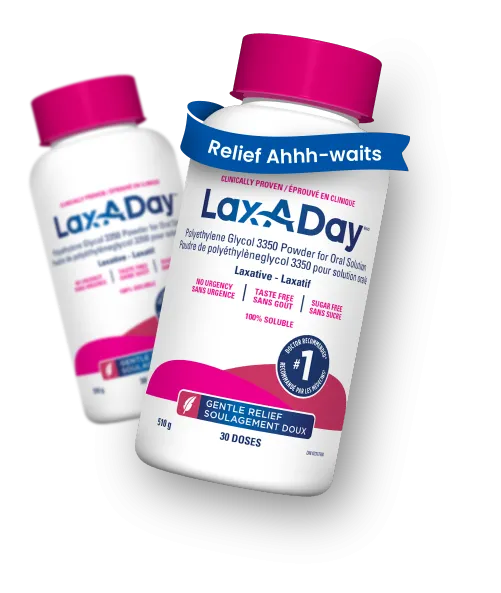Just reading that word makes some people wince in anticipated pain and discomfort.
Hemorrhoids can be embarrassing, uncomfortable and painful, but are seldom a cause for medical concern.
They appear as small red protrusions on the anus. There is a cluster of veins within the anus and rectum that can swell or stretch in response to constipation, excessive straining, or other lifestyle factors[1].
There are ways that you can check for hemorrhoids at home as well as many over-the-counter remedies to soothe and treat them. But hemorrhoids have similar symptoms to other more serious conditions.
Spotting hemorrhoids: signs and symptoms
The signs of a hemorrhoid look different depending on their location and other potential complications. It is also possible to have multiple different types of hemorrhoids at the same time.
Internal hemorrhoids
These occur in the lower rectum, the terminal section of the large intestine and are usually painless. A prolapse occurs when the blood vessels beneath the anus are so swollen or stretched that they push out of their usual position and become visible. Internal hemorrhoids are further classified based on their degree of prolapse using Goligher’s classification[1].
- Grade I: Internal bleeding but no prolapse. You would not be able to spot this at home.
- Grade II: Prolapse only occurs during straining but goes away on its own. You may be able to feel or see this type of hemorrhoid.
- Grade III: Prolapse occurs during straining but requires it to be manually placed back into position. There is a clear visible sign of a hemorrhoid.
- Grade IV: The blood vessels beneath the anus always remain prolapsed. There is a clear visible sign of a hemorrhoid.
External hemorrhoids
These form under the skin around the anus, causing irritation and damage to the skin. If a blood clot begins forming inside this type of hemorrhoid, it can cause significant pain. Fortunately, the clot typically dissolves and leaves behind a flap of excess skin.
Other common signs
Hemorrhoids are often silent visitors, leaving few noticeable signs and symptoms. In one study, patients underwent routine colorectal cancer screening and were also assessed for the presence of hemorrhoids. While 39 percent of the patients had some form of hemorrhoids, more than half did not report any symptoms[2].
When there are symptoms, people might note discomfort from bleeding, pain and itching[3]. If you notice some blood in your stool or toilet paper, it may be a sign that you have an internal hemorrhoid. You might feel some pain or itching that you can soothe, but in most cases, it will go away on its own.
What is commonly mistaken for hemorrhoids?
You might confuse hemorrhoids with these rectal and colon diseases and conditions:
- Anal fissures[4]: These are tears in the lining of the anus that occur after trauma, diarrhea or a hard stool. Like hemorrhoids, they cause bleeding and a burning pain after bowel movements. They also heal on their own in most cases.
- Polyps or colorectal cancer[4]: Small growths called polyps grow and protrude from the large intestine. If these polyps continue growing, it can lead to cancer. Removing polyps early can help prevent cancer from developing.
- Inflammatory bowel disease or colitis[4]: Many chronic gastrointestinal conditions can cause diarrhea, discomfort and bleeding. These include Crohn’s disease and ulcerative colitis.
When should I see a doctor?
If you notice blood in the stool or on the toilet paper after wiping, feel a constant uncomfortable itch or pain, it might be time to speak with a physician. While in most cases, hemorrhoids are nothing to worry about, it can rule out more severe conditions like colorectal cancer which has symptoms in common[5].
The doctor may perform a physical examination of the anus and rectum to look for signs of hemorrhoids or prolapse and can also suggest lifestyle changes and over-the-counter treatments[5]. The examination can involve simply looking at the anus or rectum, inserting a gloved finger to feel for signs of hemorrhoids or an imaging scope which can look deeper inside the rectum.
Treating hemorrhoids
The initial treatment of hemorrhoids involves lifestyle changes including:
- Eating more fiber: A diet containing at least 25 grams of fiber will promote healthy bowel movements and prevent constipation. If this is not possible through diet, over-the-counter fiber supplements can increase intake.
- Drinking more water: This will help make stools easier to pass and prevent excess straining and constipation.
- Stool softeners: This will also make stools easier to pass and prevent straining.
- Warm water bath[5]: Also called a sitz bath, submerging the butt and hips in warm water for 20 minutes after bowel movements, and two or three additional times per day can help reduce irritation and soothe pain and swelling.
There are also many over-the-counter remedies that provide temporary relief.
These preparations often include two or more of the following[5],[6]:
- Astringents (witch hazel): Protect irritated areas and relieve sense of discomfort or burning.
- Protectants (zinc oxide): Protect the skin and irritated areas to prevent dryness and provide soothing relief.
- Decongestants (phenylephrine): Shrinks blood vessels to relieve burning and swelling.
- Steroids: Lower swelling, redness, and itching.
- Topical anesthetics: Topical anesthetics: Provided targeted pain relief.
- Flavonoids (diosmin): These bioactive compounds are used to reduce the pain, swelling and bleeding that come with hemorrhoids. Hemovel® is a pill form version of this formulation.
Conclusion
If you’re experiencing blood in your stool, itching and pain, you might have a hemorrhoid. External hemorrhoids look like small red bumps protruding from the skin near the anus. Internal hemorrhoids aren’t visible unless they prolapse and push out of the anus.
A doctor can help rule out more serious conditions and help provide you with a strategy to manage hemorrhoids: eating more fiber, drinking more water, warm baths, and stool softeners. Anal fissures and other gastrointestinal conditions share similar symptoms. In most cases, hemorrhoids are not serious and symptoms are easy to soothe with over-the-counter ointments and medications.
Hemovel® is a registered trademark owned by Norwell Consumer Healthcare Inc.
These products may not be right for you. Always read and follow the label.
This article has been sponsored by Hemovel® a registered trademark owned by Norwell Consumer Healthcare Inc.
References
- Lohsiriwat V. Hemorrhoids: From basic pathophysiology to clinical management. World Journal of Gastroenterology. 2012;18(17):2009. doi:10.3748/wjg.v18.i17.2009
- Riss S, Weiser FA, Schwameis K, et al. The prevalence of hemorrhoids in adults. International Journal of Colorectal Disease. 2011;27(2):215-220. doi:10.1007/s00384-011-1316-3
- American Gastroenterological Association Medical Position statement: Diagnosis and treatment of hemorrhoids . Gastroenterology. 2004;126(5):1461-1462. doi:10.1053/j.gastro.2004.03.001
- Digestive diseases: Rectal & Colon Diseases. Cleveland Clinic.
https://my.clevelandclinic.org/health/articles/4090-digestive-tract-rectal-and-colon-diseases-and-conditions. Accessed July 13, 2022. - Mott, T., Latimer, K., & Edwards, C. (2018). Hemorrhoids: diagnosis and treatment options. American family physician, 97(3), 172-179.
- Hemorrhoid cream overview, uses and alternatives - goodrx.
https://www.goodrx.com/conditions/hemorrhoids/what-works-for-hemorrhoids.Accessed June 21, 2022.

